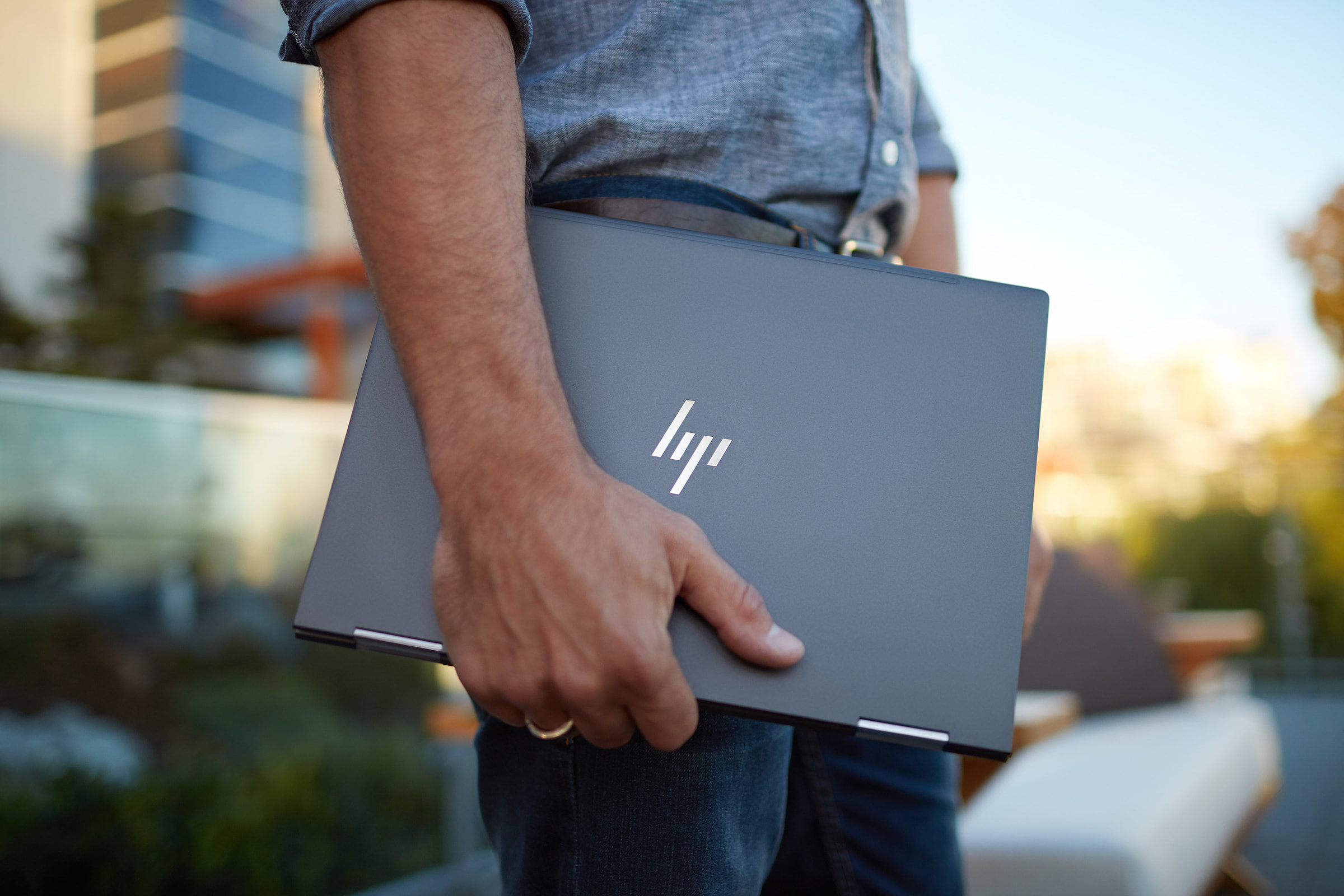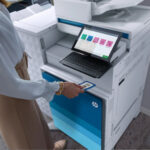These advancements have increased workplace efficiency, improving the speed in which we are able to operate as well as communicate with one another. Among this, is printing technology, which has also evolved over time, giving us the opportunity to manage documents more efficiently, including the ability to print and scan several copies of documents at a time.

Sustainability Through Managed Print Services
12 February 2020
Apogee’s PC & Print Devices Cleaning Guidance
17 March 2020
Sustainability Through Managed Print Services
12 February 2020
Apogee’s PC & Print Devices Cleaning Guidance
17 March 2020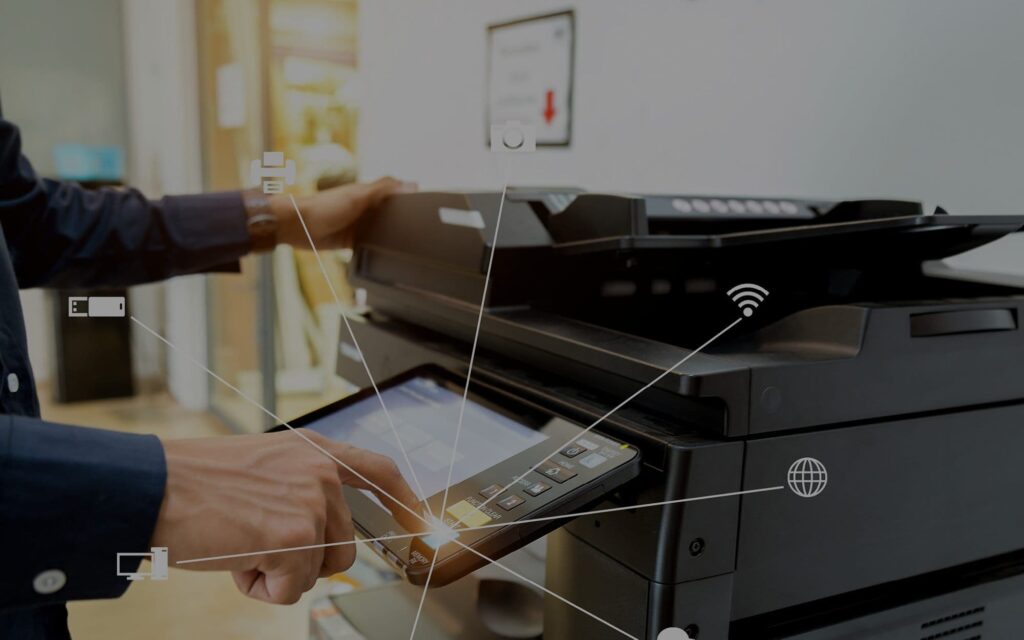
How Technology has Transformed the World of Print
Over the past 50 years, technological advancements have improved our quality of life greatly. We have experienced advances in everything from biometrics and Fintech, to social media and artificial intelligence.
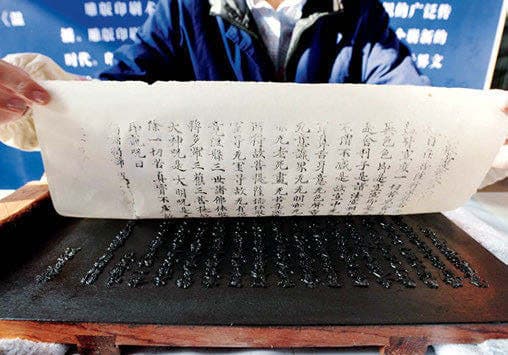
History of Printing
Printing technology rose to prominence as a result of the ‘Tang Dynasty’ in China (618-907 AD) whose craftsmen created the earliest surviving printed book made in 868. This book was made using the woodblock printing technique which entailed using wood from pear and date trees. Selected text was then written on a sheet of paper and glued to the wood block. A knife was then used to carve out the characters on the piece of paper.
Fast forward to the next millennium, the first laser printer was developed in 1969 by Xerox’s Gary Starkweather in New York who pioneered the concept of a laser replicating an image onto a piece of paper. This printer was known as the ‘XEROX Ears’ which later became the ‘Xerox 9700’ and was released in 1977.
In 1976 IBM created the IBM 3800 printer which could print at speeds of 20,000 lines a minute. This printer was especially useful for printing bank statements and notices, making it a staple feature in the finance industry as well as organisations’ billing and accounts receivable departments.
The Xerox 9700 that followed a year later in 1977 led to the rise of digital printing and altered the way that offices operated. The Xerox 9700 improved on photocopier technology by adding a laser beam. The incorporation of the laser beam inspired generations of printers to follow. Its features such as cut sheet paper and automatic 2 sided printing were ahead of their time and continues to be a staple within printing technology today.
It is impossible to talk of developments in printing technology without touching on the demand of computers as a new technology. In the 80s, as computers were moving from corporate, government and business spaces into people’s home, so too was the demand for the consumers want and needs to print.

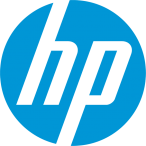
In 1984, the HP commercial LaserJet was made available featuring black and white (mono) printing. 1984 saw the first low cost, high quality alternative to other laser printers on the market that were noisy, with low resolution.
This was flexible and small as well as compatible with most PCs. In contrast, the current HP LaserJet’s have exceeded that and not only come in various models but are able to connect to networks wirelessly, with the most powerful being able to scan up to 44,500 pages a month.
The HP DeskJet was released a few years later in 1988 and became the most affordable non-impact printer which came with a disposable print head. An impact printer is a printer that functions by knocking a metal or plastic head against an ink ribbon. This ink ribbon is then pushed against paper and marks the page with the intended content. The removable print head allowed users to solve any issues they may have with their printer ink or ink tanks such as clogged ink, as they are able to remove the print head and replace it. This helps users avoid having to replace their entire printers.
In 1994, printing technology was again revolutionised as commercial colour printing became available and HP DeskJet printers were upgraded with coloured ink. The rise of Laser and DeskJet printers would soon result in the development of the ‘All-in-One’ printer that could copy, scan, print and fax in colour. This technology gave rise to what we now describe as a ‘digital transformation’. This is because, mundane office tasks became faster, making the print process of consumers more efficient. The below figures are testament to how successful HP were in doing so:
-
By 2008, the HP DeskJet Printer became the world’s bestselling printer.
-
The DeskJet has been purchased by more than 240 million customers worldwide.
Multi-Functional Device
Prior to the availability of the all-in-one printer, office space was taken up by individual fax machines, printers, and photocopiers. Multi-functional devices (MFDs) have freed up office spaces and prevented overcrowding. Their greatest benefit is that they have improved the process of document management and made businesses more efficient. The ability to take on more print jobs with added versatility has made them a mandatory feature of most, if not all, offices. MFDs are often larger than regular desktop printers, with their benefits outweighing their size. They print high quality documents, scan, fax and email via one device as opposed to printing via multiple devices, improving the quality of organisational document management. MFDs made their way into home spaces and freed them up from multiple devices. Most home-use and home-office printers available are now multi-functional with the ability to print, scan and copy. However, they are unable to compete with the sheer volume of documents that can be printed and scanned on a large free-standing MFD, which is typically now found within most offices.
Connectivity
Printing technology has evolved so much so that multiple devices are able to connect wirelessly without the need for cables connected to PC and PCs connected to network. Wireless printing was invented in 1993 and in 2003 became available to the mass market, greatly benefiting homes and small office spaces that use only a small number of devices. In contrast, large offices with multiple devices are most likely to connect to devices via a network connected to a printer server. However, this is now evolving. Devices were once required to connect to a PC network and are now able to connect wirelessly via Cloud technology. Cloud reduces work spaces by eliminating the need for multiple print drivers, as well as unburdening IT staff.
Evolving Technology
Physical on-site servers connect printers to computers and other devices via a network. The development of cloud printing technology has emerged, eliminating the need for direct connections and printer servers at every office location. This has allowed users to print documents from devices at any time from any location. Cloud print is infrastructure-less and enables businesses with multiple locations to benefit from being able to print from any company premises.
Cyber-security
Advancements in printing technology has brought about new challenges for MFD users. In the past, printers were physically connected to other devices, now MFD’s are connected via an IT network that comes with its own cyber-security risks. Today, printers are 68% more likely to be a source of an external security breach than they were in the past. The increasing inter-connectivity of printers has meant that there is potential for them to be targets for malicious hackers and those looking to pose a security threat. Office printers are a treasure trove of delicate information. As a result, there are increasing cyber-security concerns for printing devices especially those in organisations that deal with sensitive data such as banks, hospitals, law firms and government departments. These organisations especially can become targets for hackers.
Prevention
Hackers are able to slow down workflows by siphoning copies of print jobs or halting printing operations completely, causing widespread havoc. If printers aren’t protected by endpoint security software they can potentially open the doors for hackers gaining long term access to corporate networks. A 2017 survey of 200 U.S. and European companies revealed that more than half had lost data due to their printers vulnerabilities. To counter these attacks, manufacturers such as HP have ensured that printers come with embedded security, combined with independent solutions like ‘Apogee Secure’ providing certifiable HDD encryption on each device. HP MFDs currently integrate technologies that are on guard and able to detect any threats immediately.
Now more than ever, it is important to ensure that all printers used within office environments are secure. An alternative to embedded device security is implementing processes and workflows which add an additional layer of security known as ‘pull printing’ which permits printing jobs to be held on a server that can only be accessed when authenticated a by user.
Printer technology has advanced greatly over the past 50 years, allowing us to print several documents in various sizes and colours, as well as wirelessly from different locations. Although these advancements have improved our quality of work and increased our ease of use, we have also seen how advances in printer technology have produced negative by-products such as susceptibility to cyber security attacks. These negative by-products have contributed to changing attitudes and technologies that reduce risk and improve security.
We have witnessed the evolution of printing from woodblock to cloud, as a result of these advances in technology organisations can operate far more efficiently and cost-effectively. However, technology doesn’t stand still and neither does the world of print and document processes. As organisations continue to strive towards digital transformation, technology continues to revolutionise the way paper and documents are used and moved through each business operation.
Which begs the question: what will be the next solution to transform the world of print?
How We Can Help
To learn more, please fill out the contact form:
Data Privacy Policy | Cookies Policy
Latest insights
Keep up to date with all the latest in Managed Print Services.
By submitting this form, you acknowledge that you have read and understand the Apogee Privacy Statement.
Data Privacy Policy | Cookies Policy

